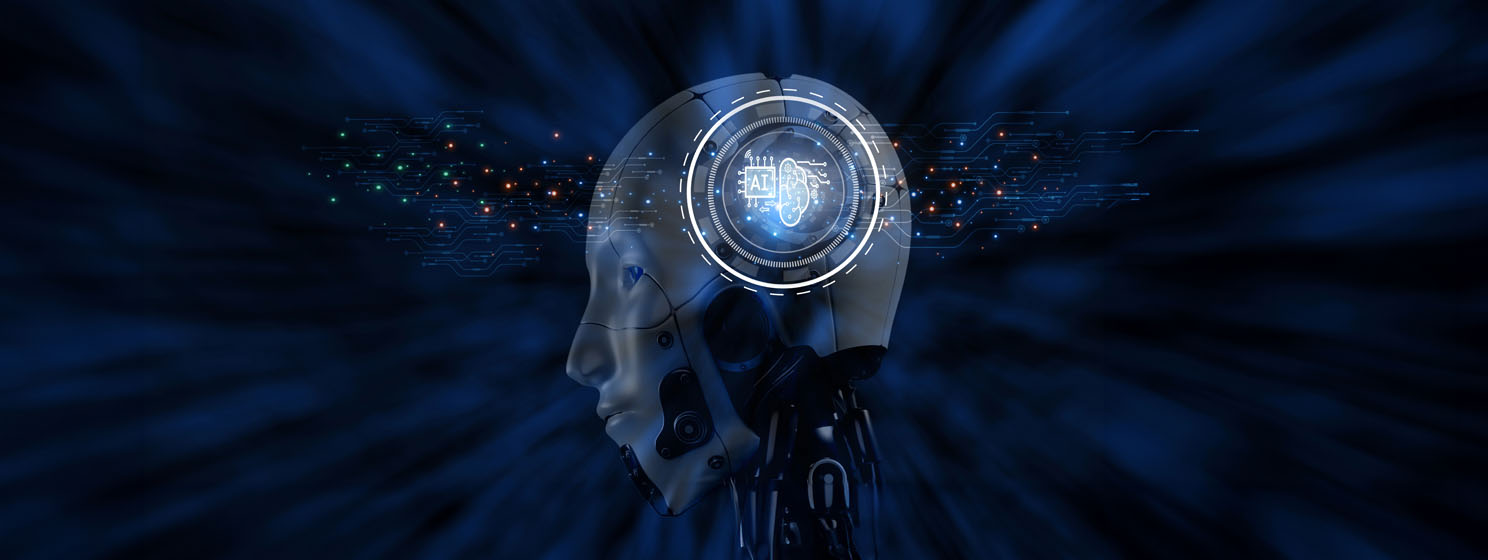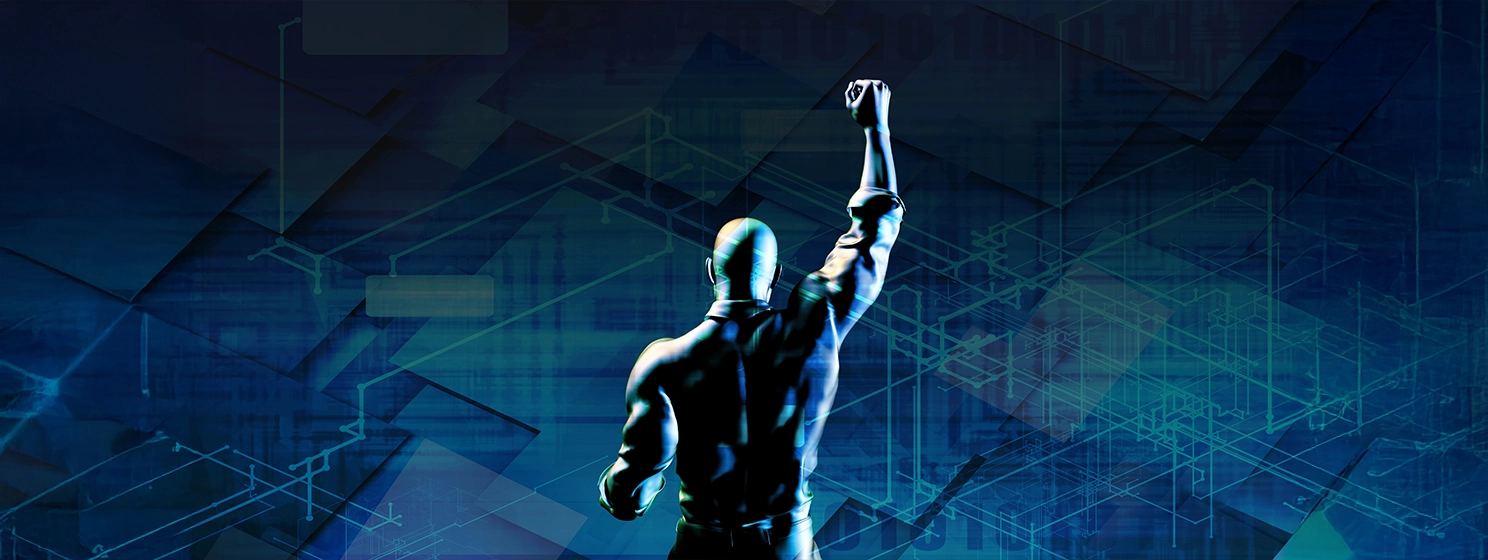|
Getting your Trinity Audio player ready...
|
Amid the mass infiltration of artificial intelligence (AI) tools in the workplace, experts are expressing concern over the grim prospects of gender bias against women. However, blockchain technology offers a solution to mitigate this risk.
An expert said blockchain is a veritable tool to combat AI prejudices against women in the workplace. Lisa Loud, executive director at Secret Network, warned that the uncontrolled use of AI tools can “perpetuate historical prejudice” against women, widening the existing gender biases.
Loud cites an International Labour Organization (ILO) study underscoring that up to 10% of job roles held by women in high-income countries may be replaced by AI. The dire figures are nearly triple the percentage for men in developed economies, with AI bias appearing in key areas.
The report highlights that administrative and clerical roles, predominantly held by women, are the most accessible targets for generative AI. Furthermore, less than 30% of women have AI-engineering skills, exacerbating the prejudice in training large language models (LLMs).
Despite the neutral narrative, integrating blockchain in LLM systems exposes streaks of gender bias. Loud argues that the widespread use of blockchain “encodes economic rights” for both genders, making it impossible for AI algorithms to act impartially.
Furthermore, the Secret Network executive advocates for on-chain credential wallets to provide a verifiable database for academic data and professional qualifications. With blockchain’s data storage capabilities, AI tools in the workplace will have access to unbiased information to make professional decisions.
Loud is backing the use of smart contract payrolls to ensure automated and equal pay for both genders while providing an immutable and transparent ledger for public verification. Furthermore, blockchain’s watermarking functionality and cryptographic signature support the auditing of workplace decisions reached by AI agents.
Integrating blockchain with AI remains an uphill climb
Despite the benefits of integrating blockchain with AI processes, a real-world application is fraught with challenges. Blockchain’s perceived complexity stands as a stumbling block for several firms keen on integrating it, but Loud argues that the complexity is evident in proprietary data sets.
She added that the relationship between the two emerging technologies is symbiotic, with AI playing a key role in optimizing blockchain systems. Aware of their transformative benefits, a raft of nations like Nigeria are pledging to train citizens in blockchain and AI technologies.
Small acts in reducing AI’s energy consumption
Still within the AI sector, a United Nations Educational, Scientific and Cultural Organization (UNESCO) report has revealed strategies to reduce the skyrocketing energy consumption metrics for AI models.
The UN agency disclosed that reducing the number of characters in queries can reduce AI energy footprints by up to 90%. The report, unveiled at the AI for Good global summit, added that turning to specific models can improve energy consumption without reducing performance.OpenAI CEO Sam Altman said that a single ChatGPT query uses 0.34 kWh, nearly 70 times as much as a Google Search. In a day, the LLM receives a little over a billion queries, translating to 310 GWh per year, equalling the energy consumption of a small nation.
Given ChatGPT’s exponential growth rate, energy experts are predicting a near-term spike in electricity consumption levels. Other AI companies, like ChatGPT, are also grappling with soaring energy costs and exploring strategies to reduce their steep electricity bills.
“The exponential growth in computational power needed to run these models is placing increasing strain on global energy systems, water resources, and critical minerals, raising concerns about environmental sustainability, equitable access, and competition over limited resources,” read the report.
The UNESCO report confirmed that slashing prompts from 300 to 150 words marked decreased energy consumption levels. Furthermore, ditching general LLMs for specific models suited to the task at hand contributed to the falling metrics.
Aware of the energy strain, OpenAI has launched GPT-4o mini, a specific model with fewer parameters. Microsoft (NASDAQ: MSFT) and Google have also thrown their hats into the ring with their range of lightweight models, scoring wins with Gemma and Phi-3, respectively.
Models like Gemini and ChatGPT are broad, requiring higher amounts of electricity to sift through mountains of data to generate a response.
Technology companies are exploring alternative energy sources
While using shorter queries and miniature versions of LLMs is in the hands of consumers, technology companies are exploring energy efficiency systems. For starters, AI firms are throwing their weight behind alternative energy sources, forming the subject of a raft of bilateral agreements.
Microsoft is investing in several countries, improving renewable energy and emerging technology research to optimize its data center electricity consumption levels. A new report predicts that AI in renewable energy will reach $4.6 billion by 2032, rising at a compound annual growth rate (CAGR) of 22%.
In order for artificial intelligence (AI) to work right within the law and thrive in the face of growing challenges, it needs to integrate an enterprise blockchain system that ensures data input quality and ownership—allowing it to keep data safe while also guaranteeing the immutability of data. Check out CoinGeek’s coverage on this emerging tech to learn more why Enterprise blockchain will be the backbone of AI.
Watch: Adding the human touch behind AI

 12-29-2025
12-29-2025 




